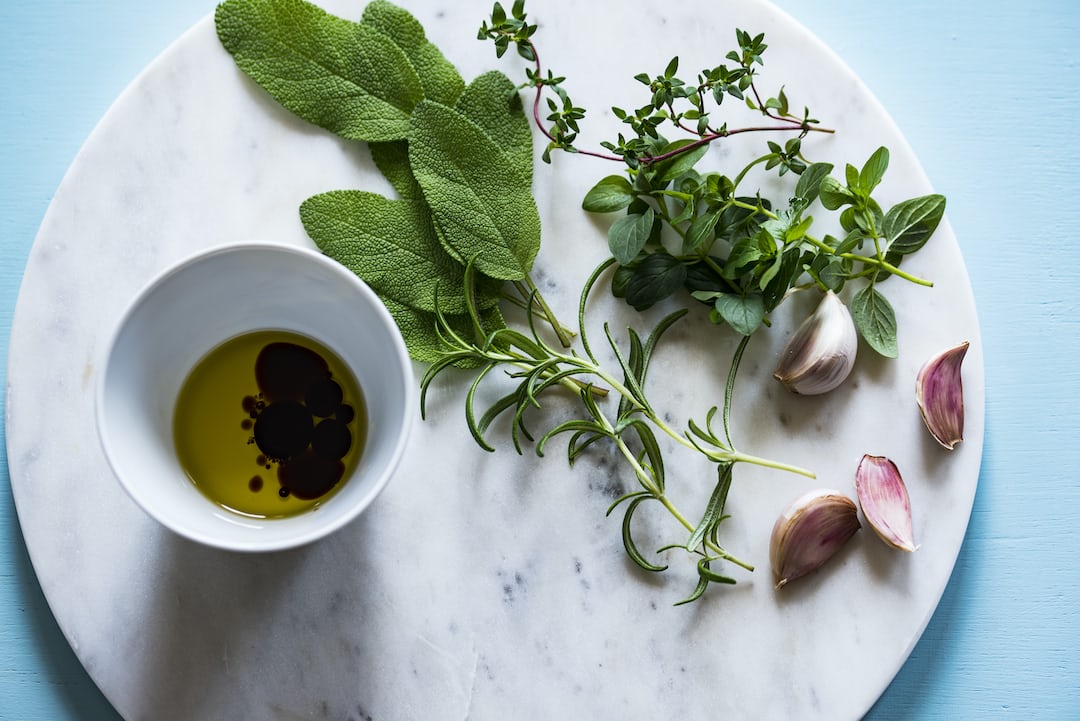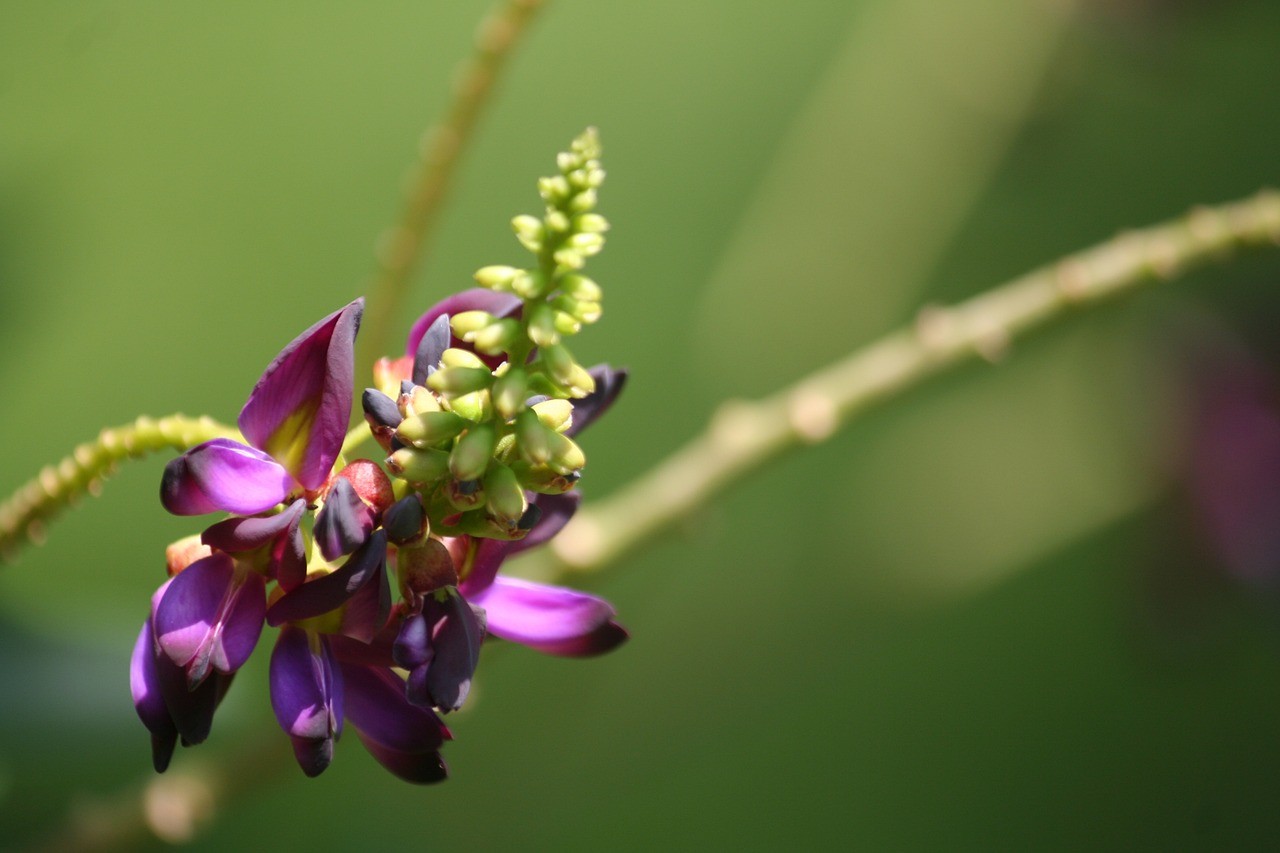How To Grow Marjoram
Updated on
November 22, 2023

Growing Marjoram
Marjoram is a perennial herb with an intensely aromatic flavor and wide range of uses in cooking and medicine. Marjoram is especially popular in Mediterranean dishes but can also be used in a variety of other cuisines, including meats, soups, and other sauces. In traditional medicine, marjoram is used to treat indigestion and respiratory issues, as well as improve circulation and reduce stress.
Follow us to keep learning!
Cheatsheet: How To Grow Marjoram
🌱 Choose a Sunny Spot
Plant marjoram in an area that receives at least 6 hours of sun per day.
💦 Provide Well-Drained Soil
Ensure the soil drains well to prevent waterlogged roots.
🌱 Start from Seeds or Cuttings
Sow seeds indoors 6-8 weeks before the last frost or propagate with cuttings.
🌱 Select the Right Container
Opt for a pot with good drainage, at least 6 inches deep.
🍃 Water Moderately
Water when the top inch of soil feels dry, avoiding overwatering.
🌿 Fertilize Sparingly
Use a balanced, organic fertilizer once a month during the growing season.
🌧️ Protect from Heavy Rain
Shield marjoram from excessive rain or move pots indoors to prevent waterlogging.
🌱 Harvest for Best Flavor
Pluck leaves just before flowering for the most intense taste.
🌬️ Promote Air Circulation
Prune regularly to encourage airflow and deter pests and diseases.
🐝 Attract Beneficial Insects
Marjoram's aromatic flowers attract bees and other pollinators to your garden.
🥗 Incorporate in Culinary Delights
Enhance your dishes with marjoram's delicate, sweet-spicy flavor.
👩🍳 Experiment in the Kitchen
Marjoram complements meats, soups, sauces, and vegetable dishes.
🍵 Brew a Soothing Tea
Enjoy a calming and aromatic marjoram tea for relaxation and digestion.
💪 Boost Immunity & Digestion
Marjoram contains antioxidants and supports healthy digestion.
⏳ Preserve for Year-Round Use
Dry or freeze marjoram leaves to savor its flavors all year long.
🌱 Grow Marjoram for Self-Sufficiency
Reduce reliance on store-bought herbs by cultivating your own marjoram at home.
How To Grow Marjoram
I have always been a fan of growing herbs in my garden, and one herb that I can't recommend enough is marjoram. It has a delicate flavor that adds a unique touch to any dish, and the best part is, it's super easy to grow! Here are some tips to help you get started with growing marjoram.
1. Choosing the right location
Marjoram loves a sunny spot, so make sure to choose a location in your garden that receives at least 6 hours of direct sunlight a day. It also prefers well-drained soil, so if your soil is heavy or clay-like, consider adding some organic matter like compost or peat moss to improve drainage.
Did you know? Marjoram is native to the Mediterranean region and is often used in Italian and Greek cuisines.
2. Starting from seeds or cuttings
You have two options when it comes to starting marjoram in your garden - seeds or cuttings. I personally prefer using seeds as they are more readily available and also give me the satisfaction of watching the entire growth process. Simply sow the seeds in small pots or trays filled with seed-starting mix, and keep them in a warm and bright area until they germinate.
3. Transplanting and spacing
Once your marjoram seedlings have reached a height of about 3-4 inches, they are ready to be transplanted into your garden. Make sure to space them at least 12 inches apart to give each plant enough room to grow. If you're using cuttings, simply plant them directly into the garden at the same spacing.
4. Watering and maintenance
Marjoram doesn't like to sit in wet soil, so make sure to water it consistently but not excessively. Aim to keep the soil evenly moist, but not soggy. Mulching around the plants can help retain moisture and suppress weed growth. Remove any weeds that do emerge to ensure your marjoram plants have all the nutrients and space they need to thrive.
5. Harvesting and using marjoram
Once your marjoram plants have reached a height of about 6-8 inches, you can start harvesting the leaves. Simply snip off the stems just above a leaf node, and the plants will continue to produce new growth. It's best to harvest marjoram in the morning when the oils are most potent. You can use the fresh leaves in salads, soups, sauces, and even as a garnish.
6. Overwintering marjoram
In colder climates, marjoram is not frost-tolerant. To overwinter your marjoram plants, you can either bring them indoors and grow them as houseplants or take cuttings in late summer to root and replant in the following spring. Alternatively, you can also grow marjoram in containers and bring them indoors during the winter months.
So there you have it, my fellow gardeners - a comprehensive guide to growing marjoram. I hope these tips help you successfully grow this wonderful herb in your own garden. Happy gardening!
FAQ
1. How do I grow marjoram?
To grow marjoram, plant seeds or young plants in well-draining soil. Ensure it gets full sun and water moderately.
2. When should I plant marjoram seeds?
Plant marjoram seeds in the spring after the last frost date.
3. Can I grow marjoram indoors?
Yes, marjoram can be grown indoors. Ensure it receives at least 6 hours of sunlight or use grow lights.
4. How often should I water my marjoram?
Water marjoram *sparingly* as it prefers slightly dry conditions. *Do not overwater*.
5. Should I fertilize my marjoram?
Fertilize marjoram *moderately* during the growing season using an all-purpose organic fertilizer.
6. Can I use marjoram leaves in cooking?
Yes, marjoram leaves have a *pleasant flavor* and are great for enhancing the taste of various dishes.
7. How do I harvest marjoram?
Harvest marjoram by *snipping* the stems just above a leaf node. Avoid cutting too much at once.
8. How can I dry marjoram for later use?
To dry marjoram, tie small bunches together and hang them in a warm, dry location until they are fully dried.
9. Can I propagate marjoram from cuttings?
Yes, marjoram can be propagated from *softwood* or *semi-hardwood* cuttings.
10. Are there any pests or diseases that affect marjoram?
Marjoram is generally *resistant* to pests and diseases. However, it may occasionally face issues like aphids or powdery mildew.
Marjoram is an extremely versatile herb that can add flavor to a variety of dishes. It has a slightly sweet, spicy and fruity flavor and can be added to savory dishes such as soups, stews and salads, as well as to sweet desserts. Growing Marjoram is very easy - it just needs a sunny spot and some regular watering. The herb can be harvested throughout the growing season and preserves easily for extended use. Growing Marjoram gives you a consistent supply of delicious and healthy ingredients to use in your cooking.





